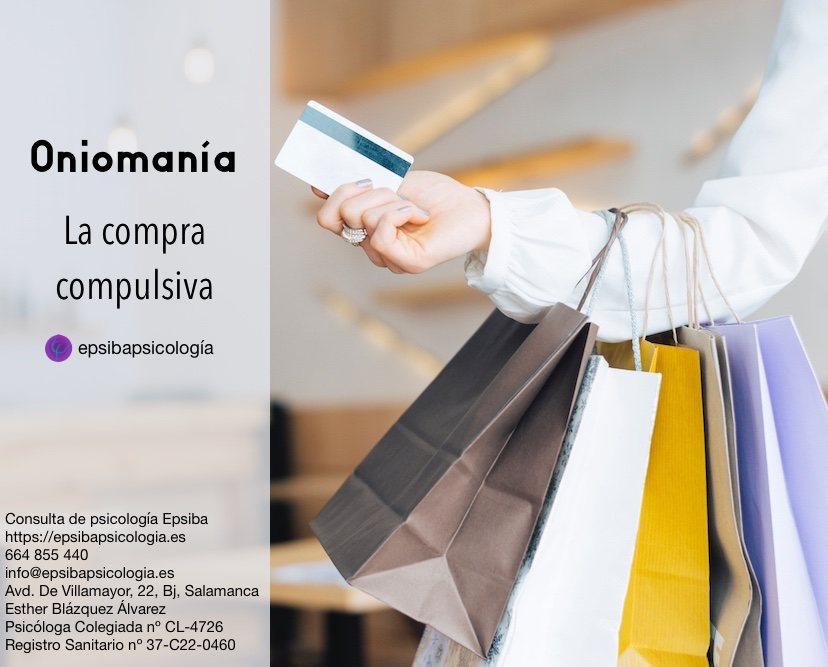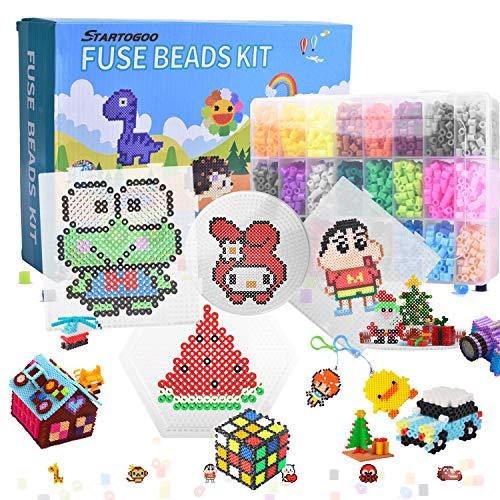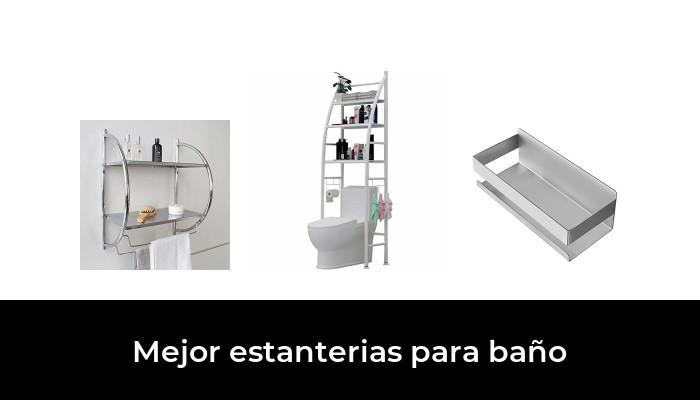He came to sell personal belongings of his relatives to be able to continue shopping, he avoided in the stores the difficult situation he was going through, in times of sales he got into debt with microcredits, but what he thought was a form of refuge became a real problem with very harsh economic and emotional consequences.
“I came to sell my mother's jewelry to buy others. It is an addiction as harmful as any other”The young Marta, 32 years old, has been going to therapy for more than four years to deal with oniomania, more popularly known as Compulsive Buying Disorder (CBT). Despite not yet being included in the official diagnostic manuals, although it is under investigation, shopping addiction is a disorder that affects around 17% of the Spanish population, figures that rise exponentially if we talk about excessive purchases and not a disorder as such.
“When the physical stores were closed, I was still shopping through mobile, I had more than 20 store applications installed. There were weeks when I would wake up in the middle of the night to continue shopping. It is not nonsense, it is an addiction just as harmful as any other”, explains Marta. The young woman directly points out sales as a critical period for people who suffer from this disorder. "In my case, purchases increased because I saw that everyone was doing it and that it was time." After arriving home with the bags, Marta hid them, then the shame and guilt appeared. “I knew what I was doing was wrong. I even sold my mother's jewelry to buy new ones”. Behind her addiction there was a picture of depression and anxiety generated by various personal problems. “Without going to therapy, I would never have managed to stop the loop I was in.”
The psychologist Antonio García finds the origin of TCC in today's consumer culture, in which the person seeks happiness and fill vital gaps through excessive purchases. “This is a phenomenon that has occurred since capitalism flooded the world. People seek to alleviate their emotional discomfort through purchases, the problem is that a circle is created that becomes dangerous when the limits are lost, and then that impulsive consumption multiplies because the affected person sees it as an escape route ”. For Antonio, more than personal impoverishment, the problem lies on the emotional plane. "You have to see what is the reason for the person's suffering, what does he want to flee from, what is the situation in which he does not want to be, and treat it with cognitive behavioral therapy”.

The psychologist Marina Moreno, for her part, explains that this behavior usually occurs at the beginning of adulthood, between 18 and 30 years of age, which can worsen over time and have a greater impact when the affected person has a stable job. . A problem whose presence is greater in women than in men. “It is easy if you are having a bad time, to fall into the framework of consumerism, even more so as a woman due to gender stereotypes. Society tells you that you, as a woman, must put on makeup, dress well and be more superficial, advertising knows very well how to support gender mandates, and if you do not know how to manage emotions well, you can fall into an existential void that leads you to engage in this type of behavior. Moreno refers to a study in which men with CBT usually buy objects related to hobbies or electronics, while women with the same pathology, the main items purchased are jewelry, clothing and perfumery products.
Both psychologists agree that the first thing is to identify what void you are trying to fill with those purchases and rebuild that damaged part. “I tell my patients that when you think you are going to fall, stop carefully, apply the strategy and tools you have learned, and ask yourself if you really need it”, Marina adds one more piece of advice, avoid carrying the card credit and not go out with too much money on the street.
Neither the sales help nor the health crisis has managed to curb excessive consumerism, rather the opposite. “In confinement, this problem has grown due to the shopping facilities provided by the internet, linked to the frustration of the moment, occurring increasingly at younger ages.”
To the acquisition of dispensable goods as a strategy for coping with stress, which does not work, there is the other side "the risk of developing addictions that are more harmful to health is directly related".


![48 Best Android Cleaner in 2021 [Based on 64 Expert Opinions] 48 Best Android Cleaner in 2021 [Based on 64 Expert Opinions]](https://website-google-hk.oss-cn-hongkong.aliyuncs.com/drawing/article_results_6/2022/2/27/5c2b79653ce3635302c7c41562392930.jpeg)